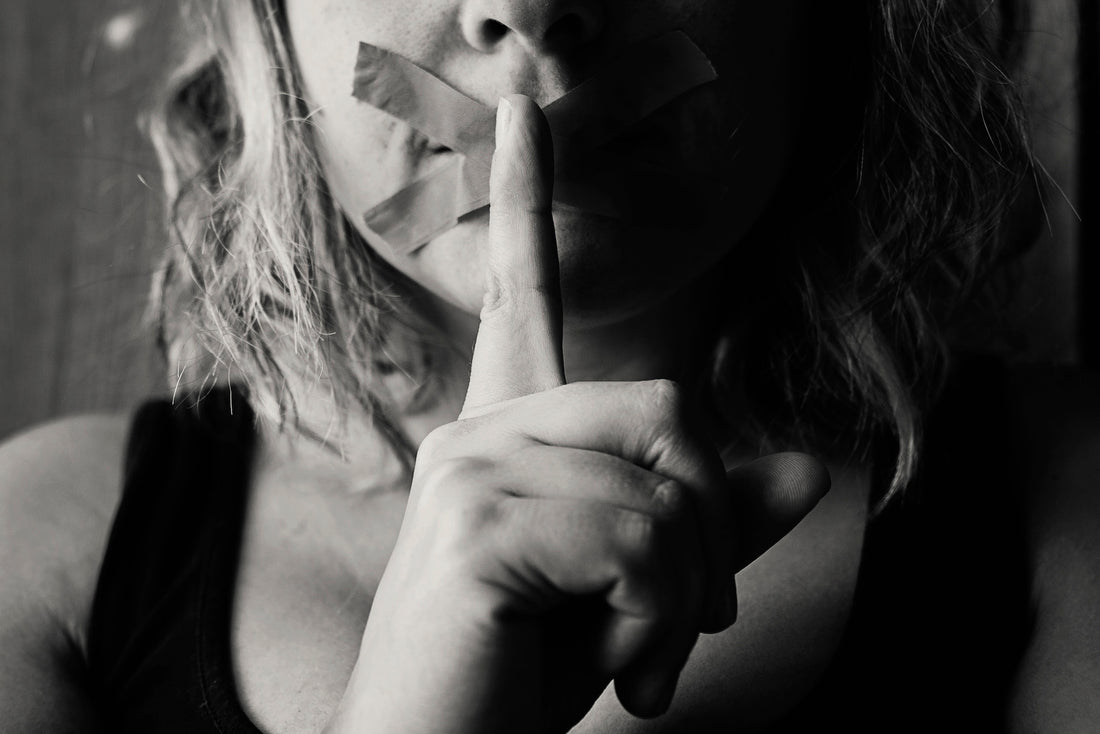For years I’ve sent my husband out with shopping lists and called after him, “Make sure everything is paraben free!” Last night, he finally asked me, “So, I know they’re bad, but… actually... what’s a paraben?” I think many of us are in the same boat — we’ve been told to avoid parabens like the plague, but we’re not entirely sure why parabens are feared like the Darth Vader of the skin care and beauty industry. I’ve gathered some information that I think should explain why we should move away from paraben use in the industry, and why Green Leaf will never use them in our products.
First of all… what’s a paraben?
Parabens are preservatives. They prevent the growth of nasty things like bacteria, fungus, microbes, and yeast in our cosmetic products. These little organisms thrive in humid environments like our bathrooms. Pretty gross. For ages, formaldehyde was used to preserve the integrity of soaps and shampoos and the like… and when that chemical was found to be dangerous to humans, a synthetic compound called parabens was discovered to be a handy replacement in the 1950s. In fact, they’ve been the industry standard for almost 70 years now, and as the David Suzuki Foundation discovered, the can be found in up to 75-90% off cosmetic products. Yikes.
How do I know if the products in my medicine cabinet contain parabens?
Read your labels. We cannot advise this strongly enough. Keep an eye out for the chemical names for parabens: methylparaben, butylparaben, propylparaben, isobutylparaben, ethylparaben, polyparaben and isobutylparaben.
Make sure you check everything: from your hair products, to your cleansers and moisturizers and deodorants, to your makeup (especially your mascara!), and anything you might put on your face, hair, or body that can be absorbed through the skin. Even toothpaste can have parabens, so read that tube. You can borrow my reading glasses, if you need.
Would the FDA really allow parabens to be present in SO many products if they could hurt us?
They really do. I’m going to quote from Scientific American magazine now because their report is so clear and concise:
“What worries public health advocates is that while individual products may contain limited amounts of parabens within safe limits set by the U.S. Food & Drug Administration (FDA), cumulative exposure to the chemicals from several different products could be overloading our bodies and contributing to a wide range of health problems. “Of greatest concern is that parabens are known to disrupt hormone function, an effect that is linked to increased risk of breast cancer and reproductive toxicity,” reports the non-profit Campaign for Safe Cosmetics (CSC). “Parabens mimic estrogen by binding to estrogen receptors on cells.” Research has shown that the perceived influx of estrogen beyond normal levels can in some cases trigger reactions such as increasing breast cell division and the growth of tumors.
CSC cites a 2004 British study that detected traces of five parabens in the breast tumors of 19 out of 20 women studied. “This small study does not prove a causal relationship between parabens and breast cancer, but it is important because it detected the presence of intact parabens—unaltered by the body’s metabolism—which is an indication of the chemical’s ability to penetrate skin and remain in breast tissue.” According to the group, a more recent study found higher levels of one paraben, n-propylparaben, in the axilla quadrant of the breast where the highest proportion of breast tumors is found. CSC reports that parabens have also been linked to reproductive, immunological, neurological and skin irritation problems.”
Well, what can we do about it?
First and foremost, we can read labels and be certain that the products that we use, and that we buy for our families, are paraben-free. Right now, the government is not regulating the addition of parabens to products in the USA, so we have to be vigilant for our own safety. (Incidentally, the European Union banned parabens back in 2012).
Preservative-free products can be terrific, but they have a shorter shelf-life that those with preservatives. Still, they’re a great alternative if you know you use a product regularly and will finish it with 6-months of opening it and exposing it to the air.

However, there are tons of preservatives that work well and are not harmful to humans or pets. An example of this is ascorbic acid (commonly known by Vitamin C) which prevents microbe growth. It’s an antioxidant and it keeps fats from going rancid. We use it in our products and we believe in its efficacy and safety. It is more important to use to use a safe preservative like ascorbic acid than it is to use cheap preservatives like parabens.
Will Green Leaf ever sneak parabens into its products?
Nope. Not a chance. Here the formula at our company:
- None of us use products with parabens.
- We all use Green Leaf products.
- Therefore, Green Leaf will never contain parabens.
It is that simple. We would never put our label on a product that could cause harm, and we strongly believe that all other skincare companies out there should do the same.
